Coming Back from an Injury
Injuries are common in running, and many of us have experienced them. However, how can we overcome these injuries and regain our strength and motivation to return to running?
Manuel García Arcega, a member of Team Arduua, started training with us about two years ago. He has encountered various common running injuries but has always shown great determination and resilience in his comeback.
Let’s delve into Manuel’s story and the details of his injuries…
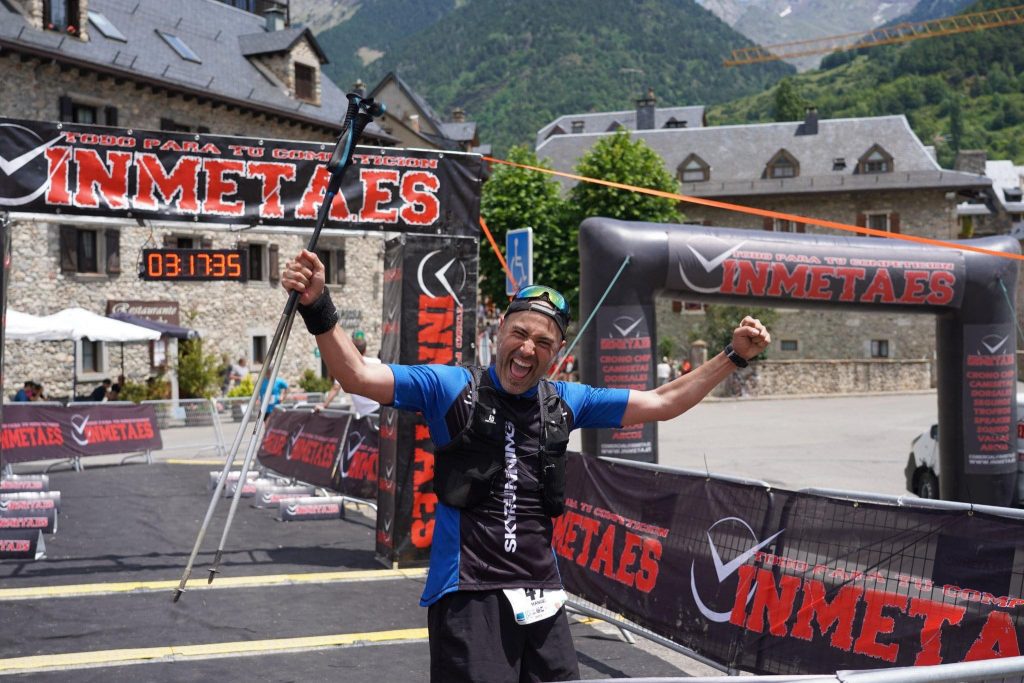
Who is Manuel, and what is his relationship with sports?
At the age of 40, sports have been an integral part of my life since a very young age. I began participating in small cross-country races when I was only 5 years old and gradually developed a passion for medium to long distances in mountain running.
I have played futsal, various forms of soccer, occasional basketball, mountain biking, individual 10k races on asphalt, and more. In 2014, I ventured into the world of Duathlon and Triathlon and transitioned to Trail Running in 2016.
You experienced an injury three years ago. What happened, and what were the consequences?
Over the years, I have faced several minor injuries, some of which lasted longer than desired. In 2015, I suffered from “plantar fasciitis” for nine months, mainly caused by poor shoe selection. The root cause was poor hip alignment, leading to tension in my iliac psoas. Fortunately, I met Susana Sanchez, a Barefoot specialist, who eventually became a good friend. In just a month, she helped me achieve a full recovery.
On February 23, 2020, I experienced another injury. This time, the discomfort was in the outer region of my knee. After numerous tests, I was diagnosed with “iliotibial band syndrome,” commonly known as “runner’s syndrome.” This injury has been the most challenging and painful I’ve ever encountered. I even had to undergo anterior cruciate ligament surgery on my knee. Every time I went for a run, I would experience unbearable knee pain within five minutes, and finding a solution or identifying the cause proved to be elusive.

How did you manage to make a comeback to trail running?
Little by little I started to do strength work, to implement gluteus medius exercises, and there was some improvement. I gradually began incorporating strength training and gluteus medius exercises, which resulted in some improvement. About two years ago, I met Fernando and started training with him. Diego, a partner of Arduua and my former Triathlon team, and also my regular physiotherapist, played a significant role in this journey. Fernando was aware of my physical challenges from the start and tailored the training sessions accordingly. He worked closely with Susana and Diego. In fact, Fernando often had to monitor my intensity levels as I was eager to progress rapidly, while his primary concern was my complete recovery and successful transition to where I am today.
It has been three years since my last injury. During the first two years, I was unable to compete due to both physical recovery and my deteriorated fitness. However, three years later, I can proudly say that I am fully recovered. Knee problems, particularly lumbar issues, have vanished. In May 2022, I completed my first mountain race, the Ultra del Moncayo in Zaragoza, Spain, covering 23K with an elevation gain of 1,100m in 3 hours and 3 minutes.
A year later, with regular training, I managed to shave off 21 minutes from my previous time in the same race!

What are your main goals for this year and the future?
This year, my primary goal is to complete the “Las Maraton de las Tucas,” a 42K race with a 2,500m elevation gain, in under 8 hours. The event will take place in Benasque, Huesca, Aragon, Spain, at the end of July. Last year, I finished the race in 9 hours and 21 minutes, which was a significant achievement for me after all the challenges I faced.
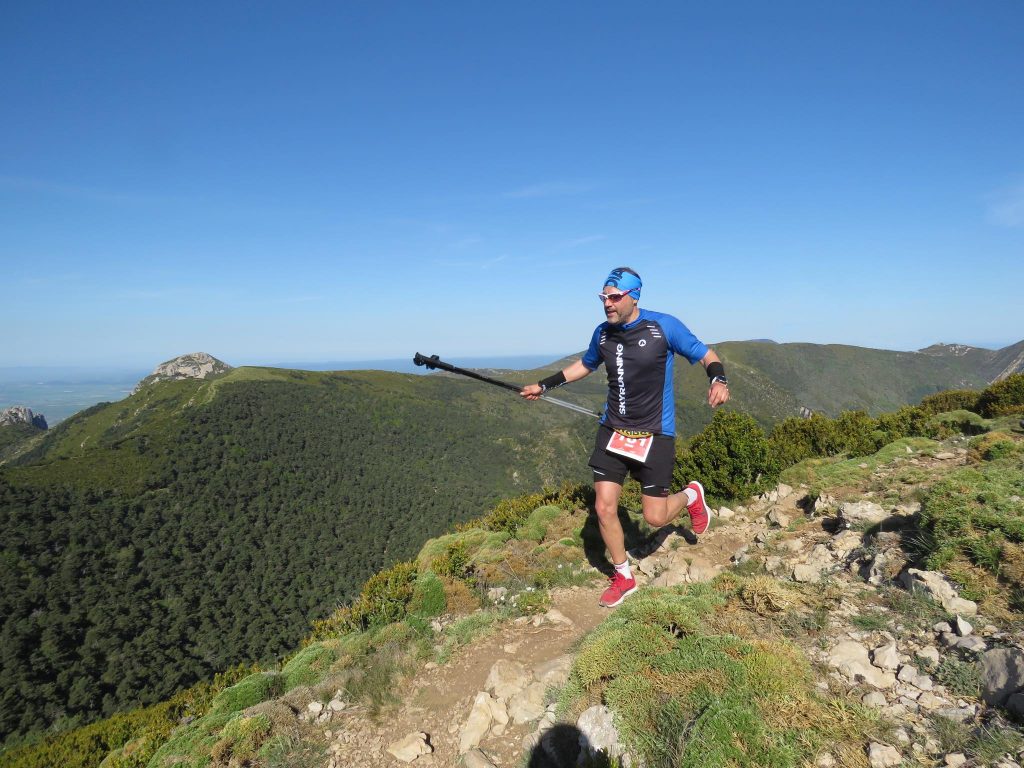
Any final words?
I would like to express my gratitude to Fernando, Diego, and Susana for their unwavering support and efforts throughout this journey. Thanks to them, I am now in optimal condition to enjoy my favorite sport. Emotionally, it was a challenging time for me, both personally and athletically, to the extent that I almost gave up on sports altogether.
I hope that my story can inspire other amateur athletes and prevent them from becoming discouraged during long periods of injury.
Remember, the key is to work with the right people and consistently follow the prescribed training and exercises.
Sending warm regards from Zaragoza, Spain.
/Manu, Arduua Team
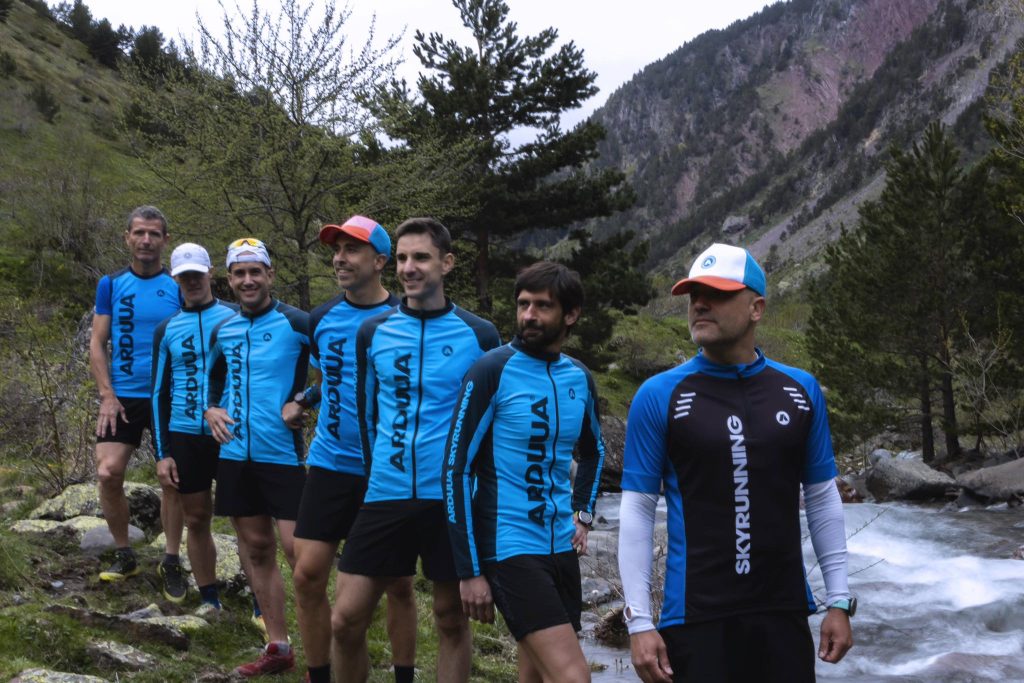
Summing up
Thank you, Manuel, for sharing your amazing story. It will undoubtedly help many runners understand the importance of strength, mobility, and finding motivation in the face of injury.
Below, I have compiled some facts about similar injuries.
Please feel free to contact me if you have any questions or need assistance with your training.
Katinka Nyberg CEO/Founder
katinka.nyberg@arduua.com
Facts about Gluteus Medius Dysfunction and Related Injuries
Facts about Gluteus Medius Dysfunction and Related Injuries The gluteus medius muscle, located on the side of your hip, plays a crucial role in lower extremity rehabilitation. It works together with other muscles to support and stabilize the hip joint. This muscle helps in hip abduction (moving the thigh outwards) and rotation.
The gluteus medius is particularly important in walking. It actively engages to maintain pelvic stability when standing on one leg. Weakness in this muscle can lead to gait abnormalities, inward thigh angling, abnormal rotation during walking, running, and jumping, and an increased risk of knee and ankle injuries.
Injuries to the gluteus medius are relatively rare but can occur due to sports participation, falls, or hip bursitis. Weakness in this muscle group has also been associated with various lower extremity conditions, including knee pain, patellofemoral stress syndrome (PFSS), iliotibial band friction syndrome (ITBS), and hip pain.
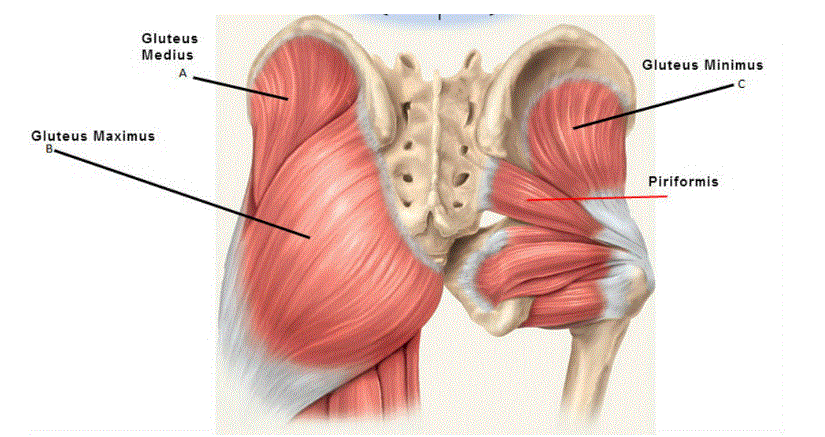
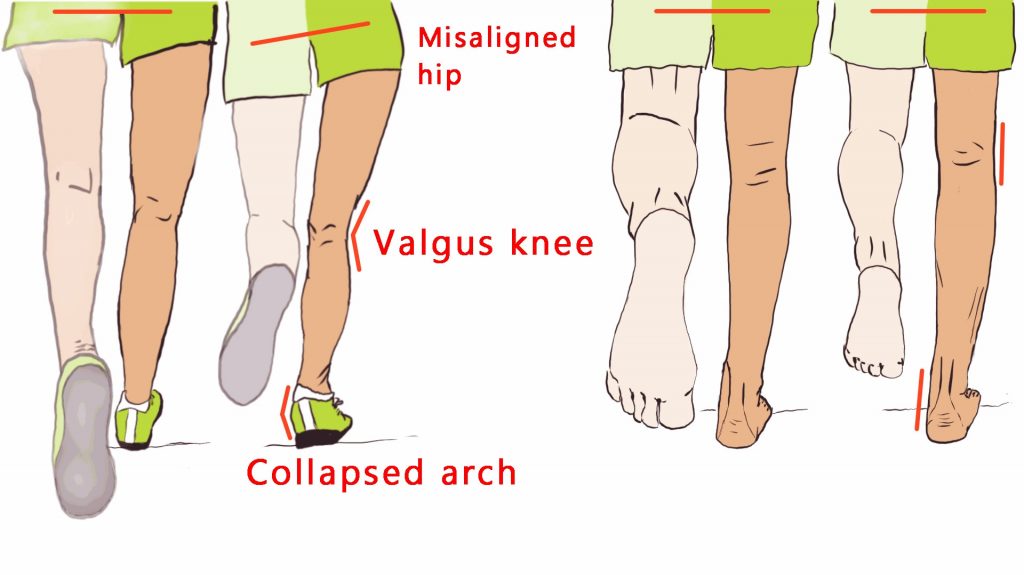

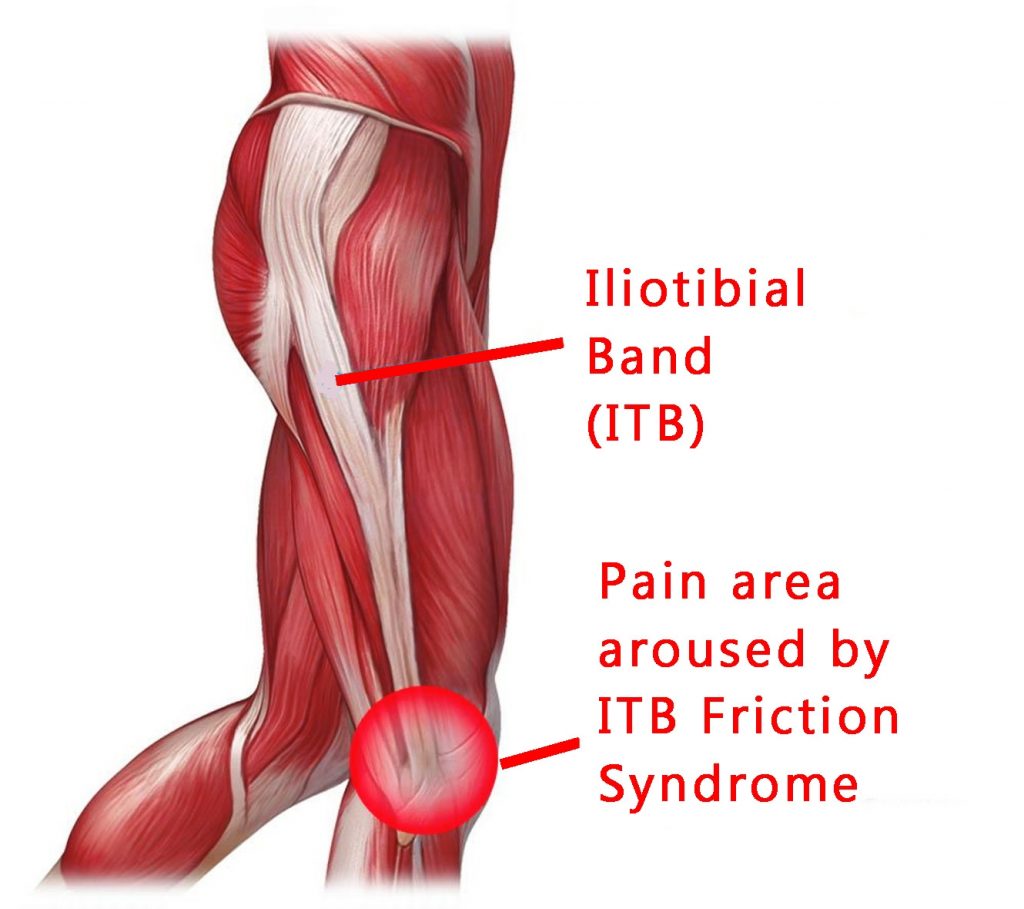
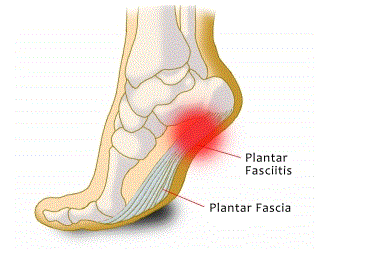
Like some more help?
In this article Conquer the Mountains, you can read more about how to train for a mountain marathon or ultra-trail.
If you are interested in Arduua Coaching, getting some help with your training, please read more at our webpage or contact katinka.nyberg@arduua.com for more info or questions.


